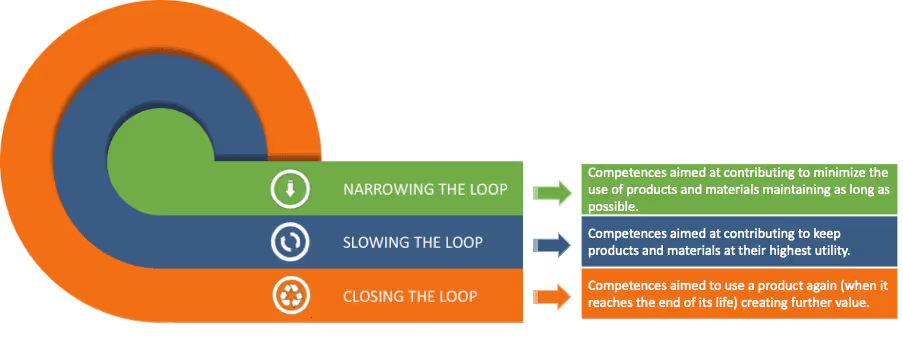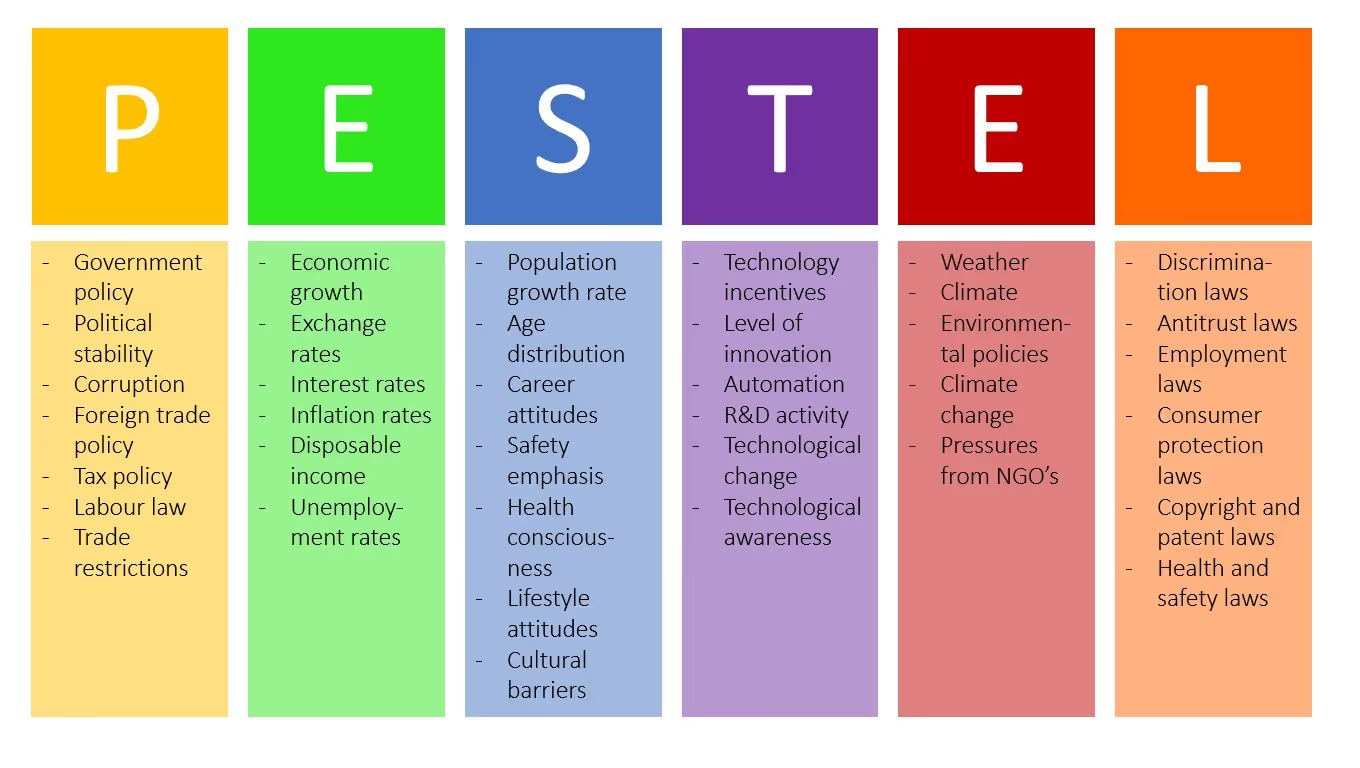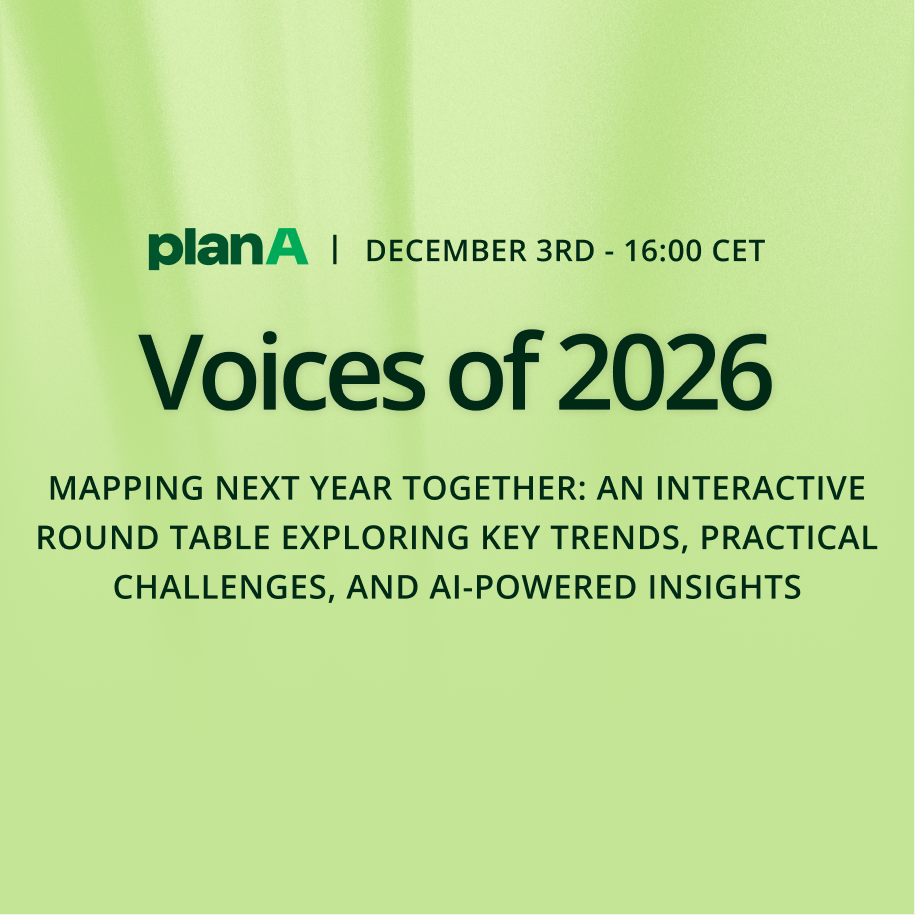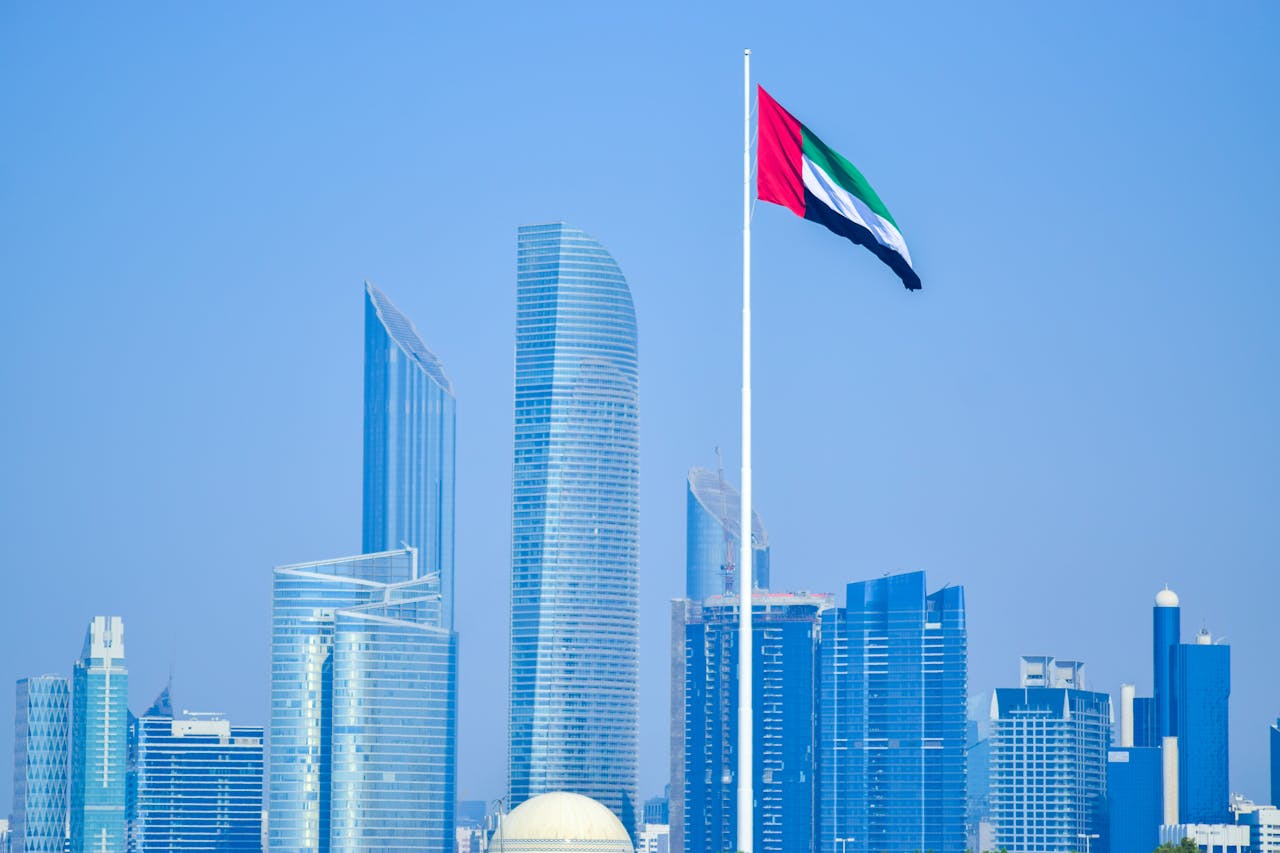The Anthropocene has signed an era of extreme human activity with unprecedented impacts on the earth’s systems and natural resources. The industrial revolution and the rise of a capitalistic society have, in a short period of time, changed our planet and our lives. Overconsumption stands at the foundation of modern society and has brought along climate change and its string of environmental hazards and social issues. The intensified rhythm of mass production "naturally" requires more natural resources than what the earth carrying capacity – the so-called “planetary boundaries” - can provide.
Such unsustainable consumption will increase if we keep with our linear ‘take - make - dispose’ economic models. Overpopulation and growing demand for goods result in mind-boggling volumes of waste as well as air, soil and water pollution with high negative impacts on human and ecosystem health. Although the detrimental effects of this linear consumption cycle are well-known, sustainable production, supply and efficient use of resources also represent global challenges to be tackled.
The birth of a circular model
Innovative production and consumption strategies are still required to reduce human pressure on the environment and drive bike towards global sustainable development goals. In the last decades, a new framework emerged, shaped around thrifty waste and resource management, captured by the concept of circular economy.

Credit: UNIDO
Circular economy holds potential to transform deeply our economy's structure (Credit: UNIDO)[/caption] This concept was born with Robert Ayres and his theory on industrial metabolism in 1990. In this economic theory, the ideal state of an industrial system resembles nature the most in that it supports a complete internal cycle of materials with no loss. Based on previous theorisations, and advanced by McDonough and Braungart’s “cradle-to-cradle” concept, circular economy is today defined as:
“ An economic system that aims to keep products, components, and materials at their highest utility and value at all times, distinguishing between technical and biological cycles.”
This concept calls for the consideration of the full life-cycle of the product, from the material extraction up to the product “end-of-life”, promoting the notion of waste and resource cycling.The basic idea is easy: create more durable and efficient goods in order to decrease global production and consumption of raw materials, as well as other key natural resources such as water or sand.
Turning a line into a circle
A successful transformation requires changes at a local, regional, national and international level, and concerns businesses, customers and society. The European Union has adopted circular economy principles as part of their sustainable development strategies, defining different areas of actions within the EU Action Plan for the Circular Economy. This has given rise to a number of new industries focused on recuperating, scraping, cleaning, reusing old products to make new ones, with the ambition that all waste can one day be a resource.
Business models innovation, new policies formulation, eco-design strategies and knowledge sharing are necessary tools for the transition of businesses and society to a circular economy. This, in turn, incentivises the creation of what specialists call inner loops. This means creating circular circuits within the greater loop of the circular economy.
Sustainable ways to create value
Circular economy generates value through the entire lifecycle by extending the lifetime of products, allowing them to cycle longer in the economy and recuperating their material basics. In our linear economy, value is created by producing and selling as many products as possible. Instead, for the circular economy concept, most of a good’s value lays in its functionality, which therefore is tried to be maintained even after the use-phase of its lifecycle.The adoption of a circular approach therefore requires innovative business models which create, capture and deliver value based on resource efficiency and extending products’ useful life and closing materials flow cycles.
These circular strategies require the consideration of circular principles from the very early stages of product design processes. Part of the literature identifies eco-design as an approach to improve the environmental performances of products and decrease resource depletion.

Credit: Cycle Competence Center
The different strategies to address circular economy (Credit: Cycle Competence Center)[/caption] The transition towards a sustainable value creation can be prompted by the definition of three circular business strategies:narrowing, slowing and closing the loops. These nomenclatures refer to the mechanisms by which resources flow through a system: Narrowing loops.
This strategy aims at using fewer resources per product, calling for higher resource efficiency. In other words, “do more with less”. This is where resource maximisation tactics such as lean manufacturing come into play. Although this question is already widespread in the linear economy, focusing exclusively on narrowing loops disregards other aspects of the circular economy.What about the products' quality or afterlife?
Slowing resource loops: These tactics work on extending products’ lifetimes to slow down the flow of resources. This includes designing long-life, repairable and manufacturable products. This can mean investing extra resources that would eventually be offset by the longer use-cycle of products.the slowing loops approach includes long-life products design, emphasising design for attachment and trust or durability, and product life extension, focusing onease of maintenance and repair, upgradability or adaptability.
Closing resource loops: This strategy closes the loop between post-use and production, resulting in a circular flow of resources, from disposal back into the production, avoiding waste in the first place. Recycling is the most prominent example of closing resource loop.Strategies to close material loops comprise the design of recyclable parts and goods (design for a technological cycle and biological cycle, design for dis- and reassembly).
Integrating circular principles to product design
Considering the recent focus on sustainable development and resource efficiency in the European policy context, eco-design strategies can (and must) help companies comply with new regulations aside from reaching cost-efficiency through recycled material usage.As anticipated, a transition to a more circular and resource-efficient economy happens only where changes are planned on several different levels. Tools like the EU Resource Efficiency Scoreboard were created to identify and report on resource efficiency at every stage of production cycles. But why exactly are policies really fundamental in the circular economy transition?
First of all, the ultimate objectives of circular economy (material efficiency, sustainable production and consumption, creation of sustainable value) require a set of enabling conditions in ordered to be achieved.
Those are identified by the PESTEL model, widely used in strategic analysis and planning to analyse the feasibility of circular systems. The Political element plays an important role in this model, where national and international policy frameworks are necessary in order to allow a successful transition to a circular economy and catalyse changes at different levels.

Credit: Business to you
The PESTEL model of analysis lists the prerequisite conditions to successful circular strategies (Credit: Business to you)[/caption] Indeed, transition processes involve complex interactions between authorities, actors, value chains and systems of production and consumption which are regulated and defined through administrative, economic and informative instruments. These tools (among which bans, standards, taxes, subsidies, labelling and certifications) can enable, hinder, engage, enforce and encourage stakeholders at all levels. Within the European context, a practical example of resource policy is the “Circular Economy Package”, a crucial turning point of the EU Action Plan for the regulation of circular systems in Europe.
The absence of aligned regulations brings negative side effects. Conflicting incentives, for example, risk promoting only certain strategies or actors, obstructing balanced solutions. Here is where synergies between policy instruments become a crucial factor to achieve circular solutions. The transition to a circular economy holds challenges and opportunities at a community level as well. Innovative business models and policy frameworks can help drive towards sustainable systems, but a new social logic of consumption is equally necessary to change the way we use and consume goods and materials. Many community-based initiatives can encourage citizens to use shareable goods, exchange usable products and learn how to repair goods before they reach their real end-of-life. Sharing and repairing ideas can be great means to foster a circular societal shift at the individual and communal levels, creating economic, social and environmental advantages.
The importance of individual action
Have you checked out which sustainable community-based initiatives your kiez has to offer? You might find communal gardens, bicycle kitchens, tools-sharing centres and repair cafes, where to share ideas, use spaces or sign up for workshops on “how to repair goods by your own”.Big or small initiatives come hand in hand with a real understanding of our level of consumption. When our wishes grow beyond the latest smartphone, the newest fast-fashion clothes or fresh-tasty-tropical fruits from the Caribbean, we might change the way we conceive our needs.We might realise we use unnecessary resources, pollute our environment and spend a lot of money! It seems difficult, right? It isn’t, at all.
We could even (re)fill our piggy banks by repairing our goods or clothes instead of buying new, or by renting idle products we do not use daily. We could decrease the consumption (and consequently production) of many un-used goods by using shared products. And we could finally sustain local agro-activities by buying seasonal fruits and veggies instead of supporting businesses hundreds of thousands of kilometres away.When following a circular logic, individual and communal changes support social cohesion and well-being, as much as in decreasing waste and natural resource usage.
Many countries have already defined their commitments to achieve sustainable development goals by driving more sustainable consumption and production. Many companies worldwide are transitioning to a more circular business model and implementing sustainable solutions. Many people are changing their consumption habits, driven by local initiatives and consciousness about sustainable living. A transition to a more socio-environmental conscious, resource-efficient and zero-waste economy is possible when all actors and stakeholders from different levels are involved. How about you, what will you change first?
About the author: Beatrice Meo is a Master graduate in Environmental, Social and Economic Sustainability from the Institute of Environmental Science and Technology (ICTA) at the Autonomous University of Barcelona. Her main study focus is on climate change and social values on coastal areas. Her final master thesis aimed to analyze the social dimension of climate change impacts on natural protected areas to advance values-based adaptation policies. Her work was part of the LITOMED project led by the INTERFASE research group at UAB. Among the various topics she came across during her studies, she developed a strong curiosity towards climate change research and indigenous knowledge.Besides this, she is currently focusing on sustainable lifestyle practices and interested in the study of circular systems management. She strongly believes the survival of our planet requires a re-thinking of our economic system, with a change in our production and consumption approaches to minimize the burden on natural resources.



.jpg)



.avif)

